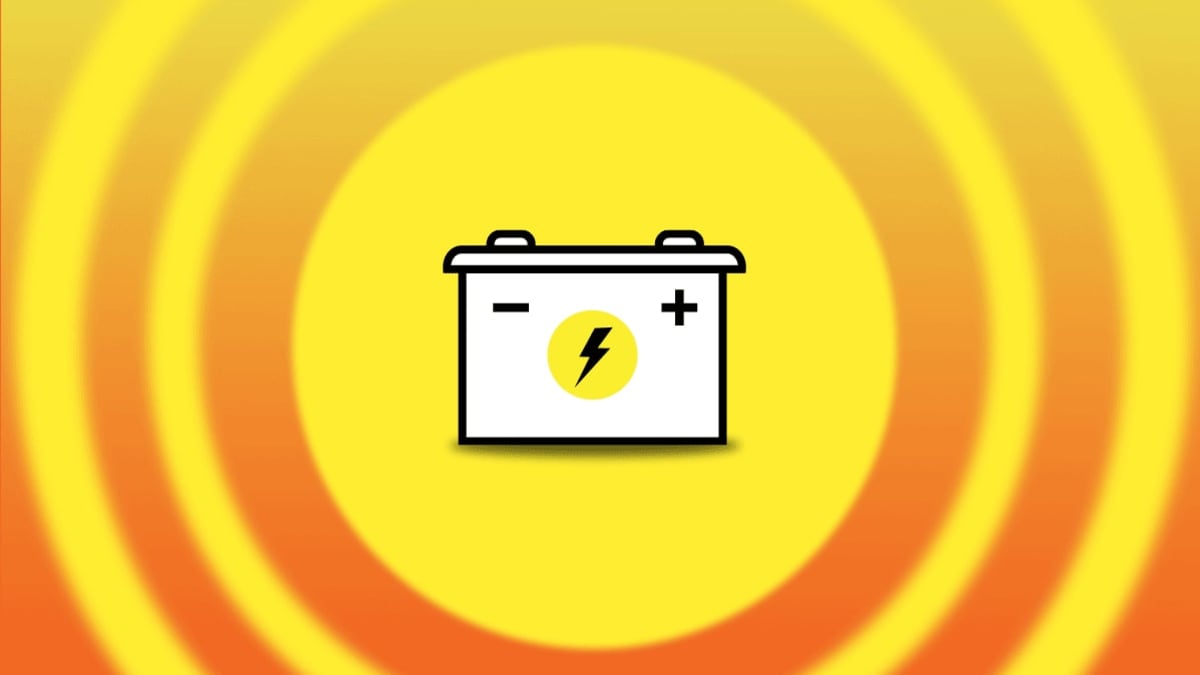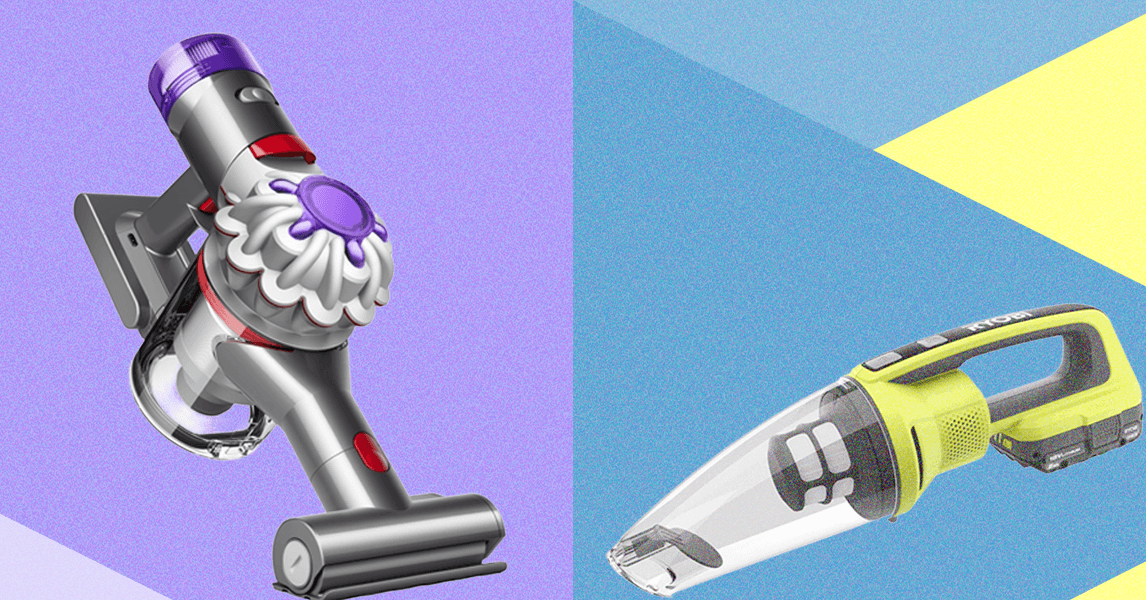
Consumer Reports tests 150 batteries in total each year in its lab (including five examples of each rated model), charging and discharging them thousands of times to find out how long they’ll last. If you live in a hot region or have particular concerns about summer performance, pay special attention to the battery life score in our ratings.
Battery life is measured by repeatedly discharging and recharging at a test temperature above 167° F for 15 weeks or until performance drops to unacceptable levels. This simulates the summer temperatures a battery can face in the engine bay. (Learn more about how we test car batteries here.)
Car batteries come in many sizes. Among those that we have tested, there’s significant variation in which is the top performer from year to year, and from size to size. This makes it impossible to make simple recommendations by brand or model. It also means you shouldn’t assume that buying the same battery model you’re replacing will get you the same results.
There’s one clear trend: Many of the highest-scoring batteries are pricey absorbed glass mat (AGM) batteries, known for their long service life and ability to tolerate deep discharges. That’s when the battery has been significantly drained to 10.5 volts or below, such as when the lights are left on overnight.
“If you live in an area with extreme temperatures and are looking for a maintenance-free battery, consider getting an AGM,” Galeotafiore says. “While AGM batteries can also be affected by high heat, they tend to perform better overall than other sealed batteries in our tests.”
He adds, “We have seen that most of the AGM batteries excel in our heat-focused life testing, based on 15 weeks of continuous testing at over 160° F.”
But there are even challenges with AGM batteries. AGM batteries will perform well in the heat, but high temperatures will hamper the life span, says Jeff Barron, research lab manager for Interstate Batteries.
Barron says that while some traditional batteries, known as “flooded,” can have their water replenished (with distilled water) to extend their service life, AGM batteries are sealed.
In addition to routine inspections, Barron advises car owners to keep their batteries fully charged and to avoid leaving their vehicle parked unused for long periods of time. This is especially true for AGMs. If you must store a vehicle for weeks or longer, a battery tender can help ensure that the battery will be ready to start the vehicle when needed. Be sure the tender is suitable for your car’s battery.
Some flooded batteries are offered in North and South versions, each engineered for the specific challenges of the different climates. The North batteries emphasize cold-cranking amps (a measure of how well the battery starts an engine during extreme cold weather), while the South batteries have higher electrolyte-to-lead ratios that bolster durability in the heat.
Most stores carry the appropriate batteries for the area where they’re located. A general battery, without a regional focus in its design, can serve well in the temperate zone between the extremes, such as the mid-Atlantic states.
In some cases, owners can replace an AGM battery with a flooded one to boost longevity in hot climates, Barron says, but it’s best to consult a mechanic first. Many cars now come with AGMs to support an increasing array of electrical components, and the car’s charge system may be configured specifically for the charging needs of the AGM. (For home charging an AGM battery, be sure to use a compatible charger.)
Cars and their batteries are becoming more capable and sophisticated. This can add complication to the once-simple task of battery replacement.
Barron points out that some recent models from Audi, BMW, Ford, Mercedes-Benz, and others require the battery to be registered by the car so it can optimize charging and usage. This typically requires a mechanic’s scan tool, a professional-grade device that interfaces with the car’s computer system. Even older vehicles can require some level of reprogramming by a mechanic when a battery is changed to allow all systems to work. Ultimately, this means that many DIYers may find that they need assistance from a professional.
“To get the best long-term performance when you replace your battery, check CR ratings, consult your owner’s manual, and confer with a technician,” Galeotafiore says.









